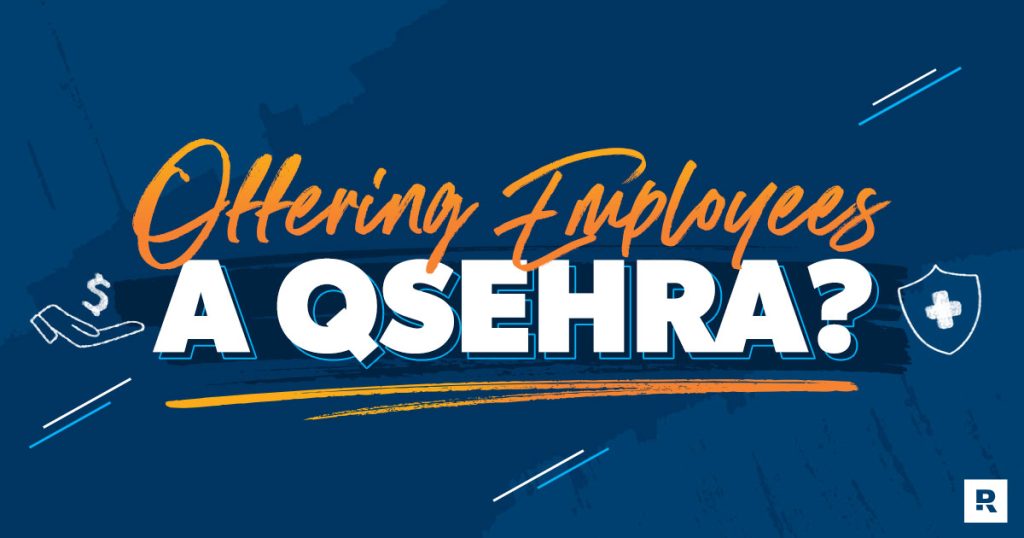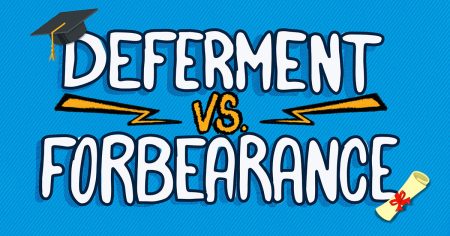Every small-business owner knows how difficult and confusing it is to deal with their employees’ health care. We don’t need to tell you that health care costs are increasing every year at an average rate of 5.4%.1 You feel it.
So, what’s a small-business owner to do if they want to provide health coverage but don’t have enough employees to make it cost-effective to enroll in group coverage? Well, one option is to set up a Qualified Small Employer Health Reimbursement Arrangement (QSEHRA).2
What Is a QSEHRA?
A QSEHRA (pronounced Q-Sarah) is a tax-free health benefit that allows small businesses with fewer than 50 employees to reimburse employees for their personal health care costs.
The great thing about a QSEHRA is that it’s usually a more affordable and more efficient option for helping your people cover their medical expenses than providing a group plan option.
But your business will have to meet some strict IRS requirements before you can offer a QSEHRA.3 You qualify to offer a QSEHRA if your business:
- Employs less than 50 full-time employees
- Does not offer a group health plan
- Does not offer any other type of health reimbursement arrangement
What Are the QSEHRA Reimbursement Limits?
With a QSEHRA, your company reimburses your employees up to $5,300 per year for an individual and up to $10,700 for a family for qualified medical expenses.4
And the best part is that those reimbursements are tax-free for you and your employees. That’s pretty great!
2021 QSEHRA Maximum Reimbursement Limits
| Employee Only |
Employee & Family |
| $5,300 | $10,700 |
How Does a QSEHRA Work?
One of the advantages of choosing a QSEHRA instead of purchasing a group health plan like an HMO is that you have some flexibility in how you set up the plan, and your employees then have some flexibility in what kind of health care plan they choose.
With a traditional group health plan, if the employer chooses to offer an HMO only, then everyone in the company who’s eligible gets an HMO. If they want a PPO or HDHP, they’re out of luck.
When you set up a QSEHRA, your eligible employees basically pay for their own health care expenses, they get to pick their desired independent plan, and you reimburse them. Simple, right? Well, it gets complicated very fast. Let’s break down how a QSEHRA works in detail.
1. Design your plan.
First things first: You can choose a limit on how much you’ll reimburse your employees. Just make sure your plan meets the IRS “same terms requirement,” which means you can’t give some employees more money than others—with a couple of exceptions that we’ll get to.5
In the easiest, but possibly most expensive option, you can choose to reimburse everyone up to the maximum allowed. Boom. Done.
Or, you can select a flat rate for everyone. Let’s say you set this at $300 a month. That means everyone can get up to $300 worth of medical expenses reimbursed each month (but they will be responsible for covering any costs beyond that amount).
You can offer different rates based on marital status or dependents. In this example, single employees get $300 per month, married employees get $600, and families get $900.
The last way you can break it down is by age. This one is a little more complicated because the amounts have to be tied to a reference plan on the individual market. Basically, your reimbursement amounts are on a sliding scale based on the employee’s age. The older they are, the more you pay.
Got small business tax questions? RamseyTrusted tax pros are an extension of your business.
You can also choose what kinds of health expenses to reimburse. For example, you can limit it to paying for premiums. Or you can reimburse for premiums and qualified medical expenses such as co-pays, prescriptions, dental visits or vision care. You can also exclude categories of expenses, but you have to exclude them for everyone. Again, just make sure to apply it fairly.
2. Team members pay for their own health care.
With a QSEHRA, your team members pay for their own health insurance and medical bills. Employees can submit receipts for reimbursement of anything listed in IRS Publication 502, which contains an extensive list of qualified medical expenses.6 This includes things like:
- Insurance premiums
- Prescription medications
- Chiropractic treatments
- Diagnostic studies
- Dental and orthodontic care
- Eye exams and corrective lenses
- Hearing aids
- Emergency services
- Caring for a disabled dependent
- Non-cosmetic surgery
Again, you can limit what you reimburse for, just as long as the limits apply to everyone.
3. Your team members give you proof of payment.
This part sounds simple at first. And it is mostly, except for one thing: the Health Insurance Portability and Accountability Act of 1996 (HIPAA). HIPAA requires health plans and most health care providers to make sure that a patient’s protected health information (PHI) is, well, protected.7 Some examples of PHI include:
- A bill from a hospital visit
- Lab results
- Surgery reports
- Explanation of benefits (EOB) from an insurance company
- Social Security numbers, health plan group numbers, medical report numbers and patient ID numbers
The main ways to show proof of payment for services are receipts from the point of service and explanation of benefits forms. But receipts and EOBs are considered to be protected health information. Since you would be, in effect, administering a health plan by reimbursing medical expenses under a QSEHRA, you’d need to be HIPAA compliant.
This is where the needle scratches the record. Getting HIPAA compliant requires undergoing some certification and training and involves the four main HIPAA Rules.8 These rules include:
HIPAA Privacy Rule
This rule makes sure a patient’s health information is properly protected while still allowing it to flow freely enough so people can get high-quality care.9
HIPAA Security Rule
This rule is designed to ensure that any electronic transmission of health records meets the standards established by the Department of Health and Human Services (HHS) and the Office for Civil Rights (OCR) within HHS.10
HIPAA Compliance and Enforcement Rule
This rule deals with compliance, investigations and enforcement of the privacy and security rules.11 It also establishes civil money penalties and procedures for hearings.
HIPAA Breach Notification Rule
This rule states that the HHS must be notified of any breach of unsecured protected health information. There are different rules depending on if the breach affected more or less than 500 patients.12
Obviously, this is super complicated and serious because if you don’t do things right, it can cost you a lot of money in fines and penalties. Also, because there’s a ton of sensitive information in a person’s medical records, some employees may be reluctant to share it with their boss. That’s just something to consider.
4. You reimburse your team members up to the limit you set.
This is the easy part. You have the proof, now you pay them. There are different ways to do it, but it’s usually done through payroll. In the vast majority of cases, reimbursements are tax-free. The main exception is if the employee wants to be reimbursed for their spouse’s contribution to their health plan.
If your employee has a regular reimbursement, you can automate that to come out of their check at the same time each month. Just make sure to get that proof of payment!
It’s always a good idea to compare the costs of setting up a QSEHRA with the cost of offering a traditional group health insurance plan to see if it’s truly the best option for your business.
If you decide to go with a QSEHRA, you could offer your employees a point of contact in the insurance industry to help them pick the plan that’s right for their health care needs. In that case, definitely talk to one of our independent insurance agents.
Which Employees Can Take Advantage of a QSEHRA?
So, the general rule is that all employees are treated fairly under a QSEHRA. This means you must include all of your full-time employees in the QSEHRA. But you can choose whether or not to include:
- Part-time employees
- Seasonal employees
- Employees under 25 at the start of the plan year
Basically, anyone who gets a W-2 must or can be included, depending on full-time or part-time status. Contractors or workers who get a 1099 cannot be included in a QSEHRA.
How Does a QSEHRA Affect My Business Taxes?
When it’s time to file your small-business taxes, reimbursements under a QSEHRA are counted as deductions. So that’s awesome. But there’s a lot of paperwork. You need to account for all reimbursements and make sure you’re in compliance.
Small-business taxes are already a hassle to begin with and adding a QSEHRA on top of that just makes it even more complicated. But getting some help from a professional tax advisor, like one of our tax Endorsed Local Providers (ELPs), can give you some peace of mind and save you some money. That’s a win-win!
Find a tax pro who serves your area today!
Read the full article here










